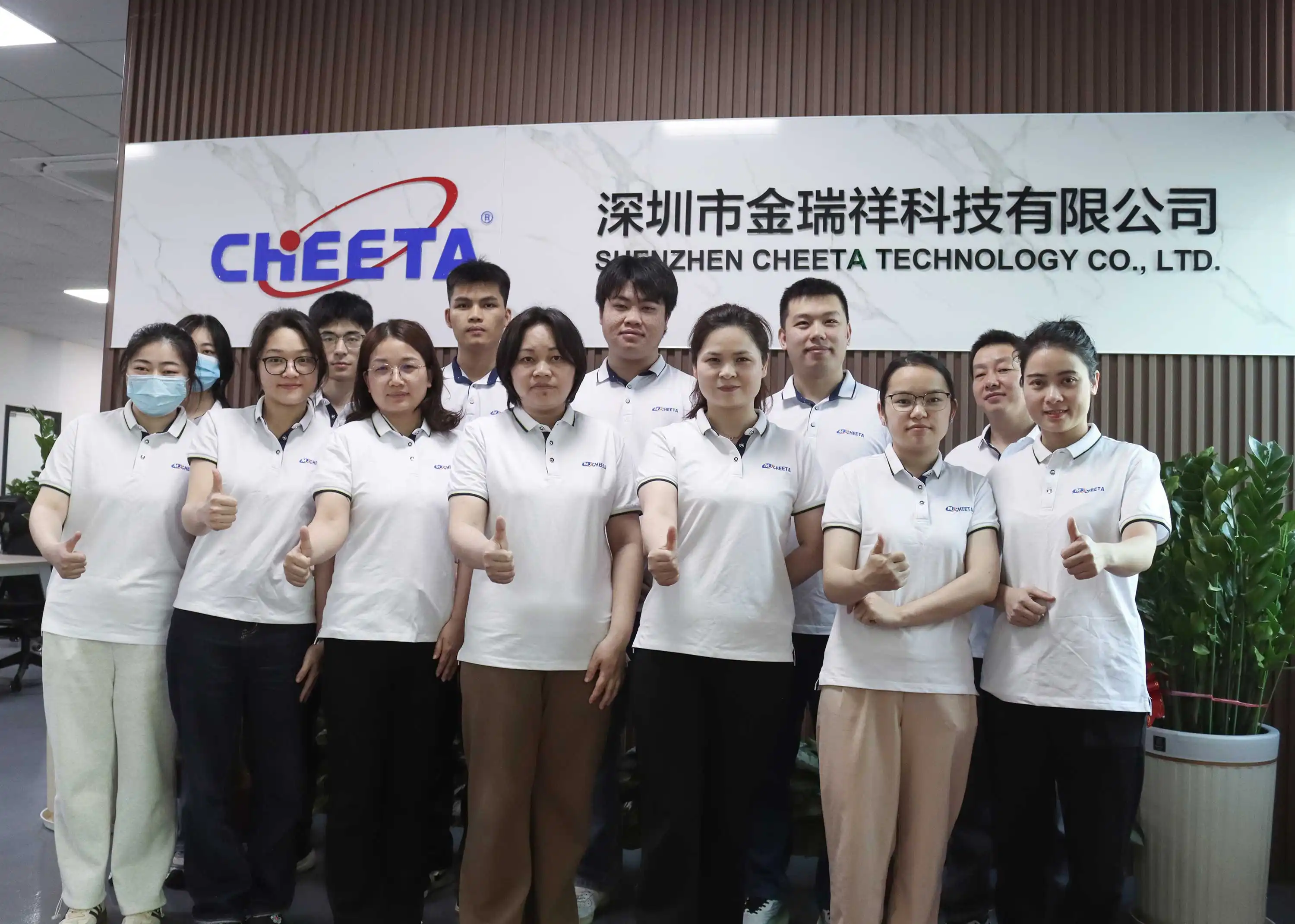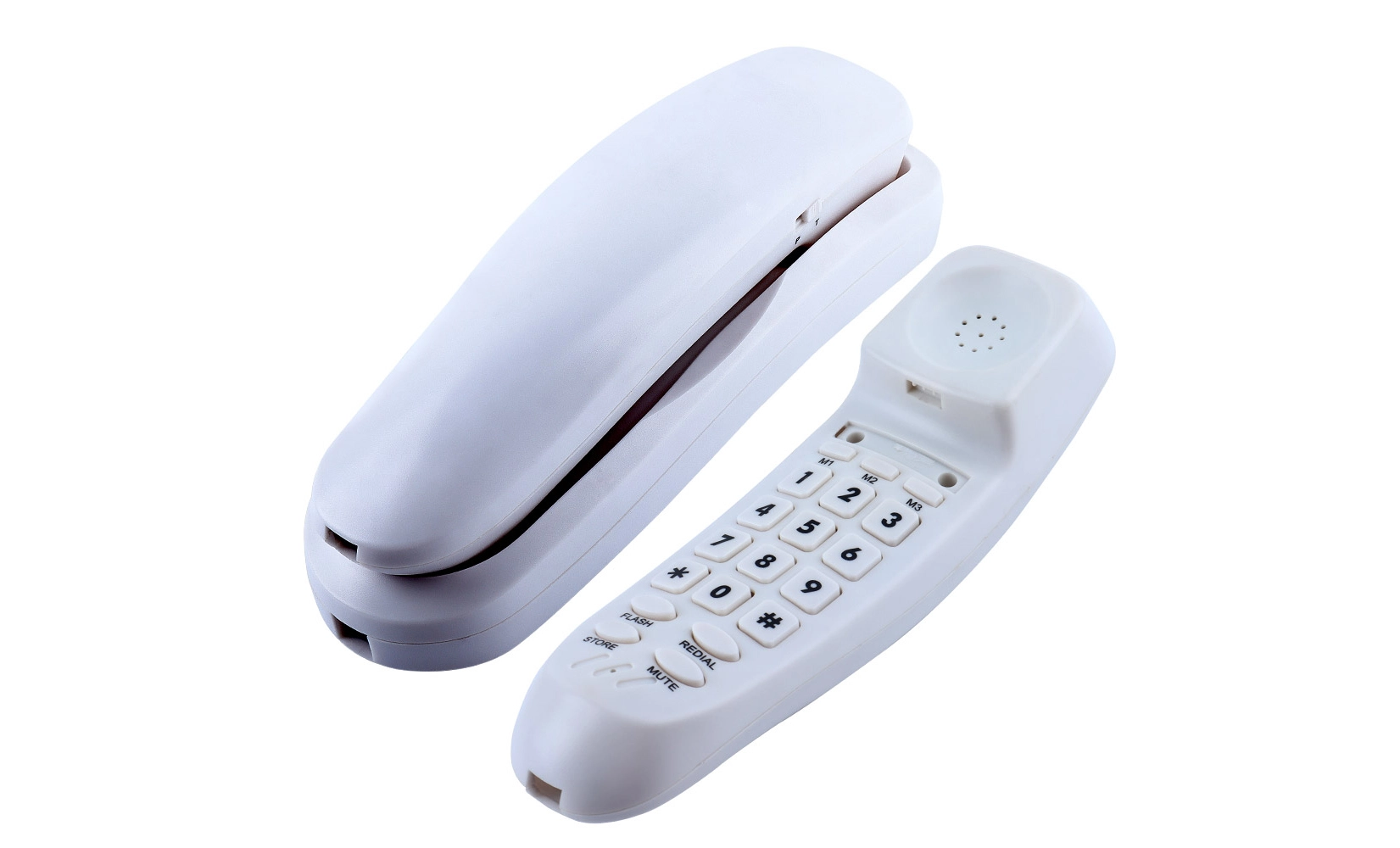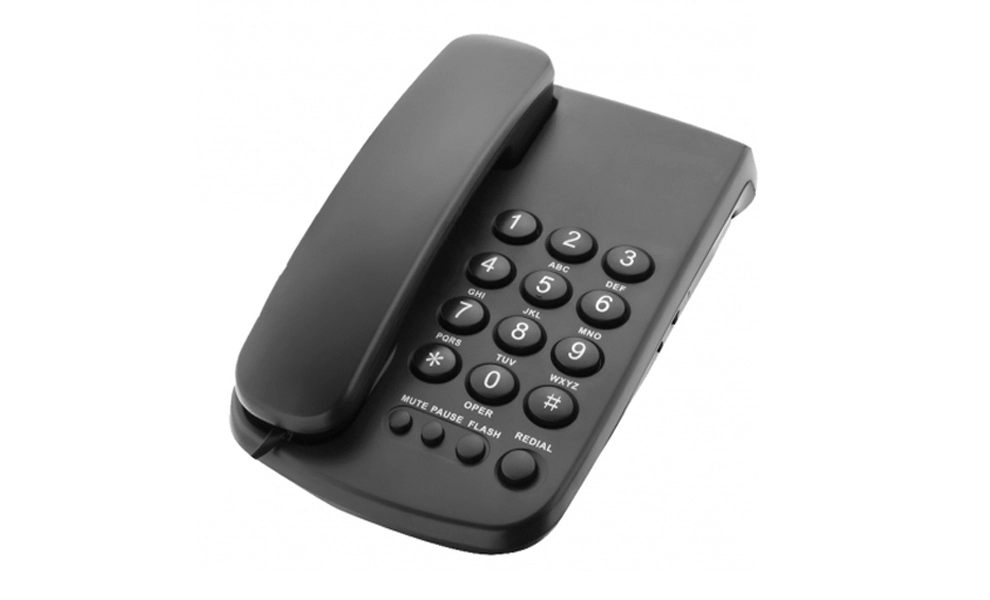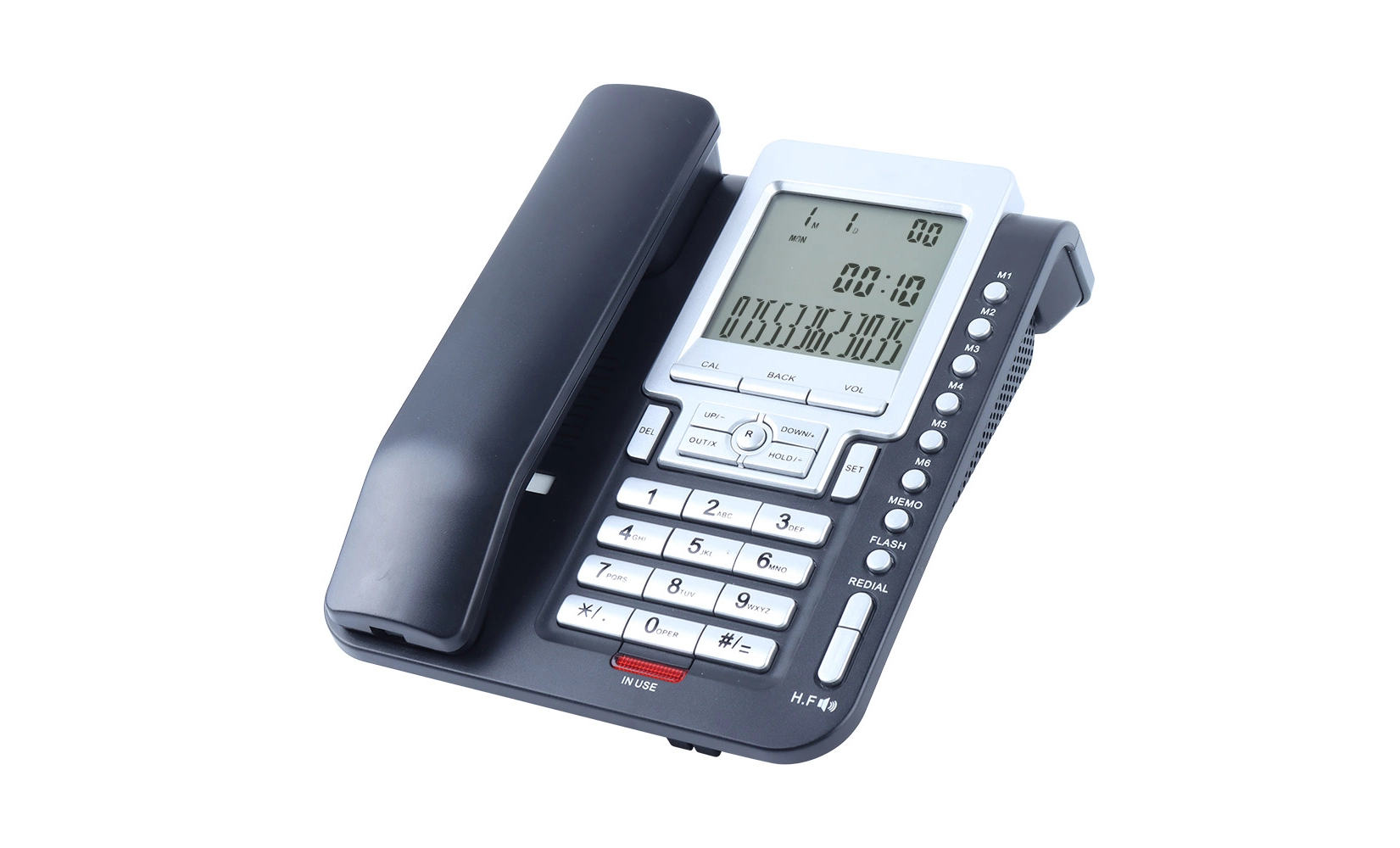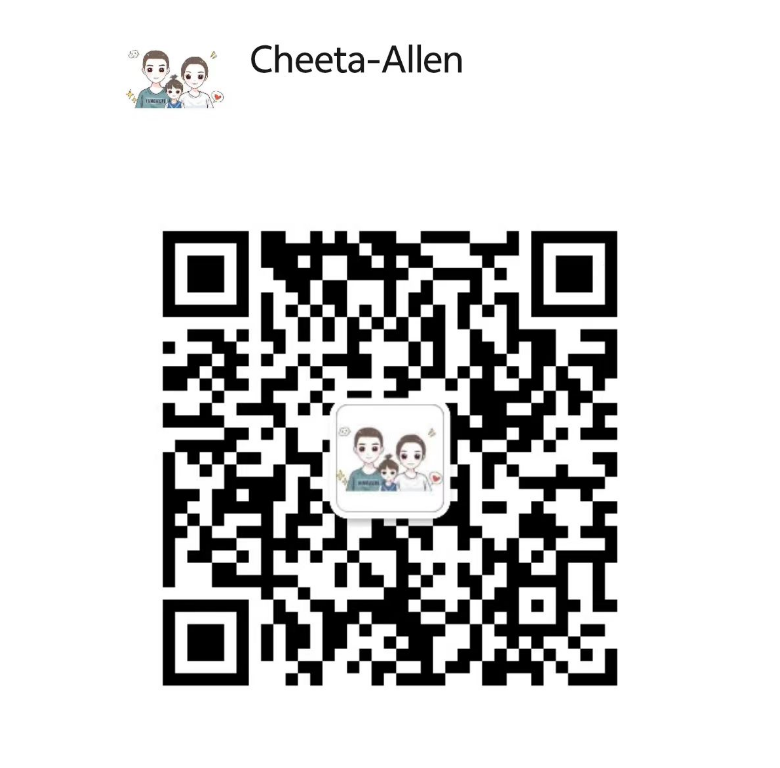Understanding the Needs of Visually Impaired Users
Challenges Faced by Visually Impaired Individuals
Visually impaired users often encounter numerous obstacles when using standard telephones. The small, closely spaced buttons on conventional phones can be difficult to distinguish and press accurately. This challenge is exacerbated by low contrast between the buttons and their background, making it hard to identify numbers and symbols. Moreover, reading caller ID displays or navigating through menu options can be nearly impossible without assistance. These difficulties can lead to frustration, errors in dialing, and a loss of independence in communication.
The Importance of Accessible Communication Devices
Accessible communication devices, such as big button telephones, play a crucial role in enhancing the quality of life for visually impaired individuals. These specialized phones enable users to maintain social connections, handle personal affairs, and access emergency services independently. By providing a means of easy and reliable communication, big button telephones contribute significantly to the user's sense of autonomy and self-reliance. This accessibility is not just a matter of convenience; it's an essential aspect of ensuring equal participation in society for those with visual impairments.
Features of Big Button Telephones Beneficial for Visually Impaired Users
Large, High-Contrast Buttons
The most prominent feature of big button telephones is, unsurprisingly, their oversized keys. These buttons are typically at least 0.75 inches in diameter, significantly larger than those on standard phones. The increased size makes it easier for visually impaired users to locate and press the correct buttons. Additionally, these phones often use high-contrast color schemes, such as white numbers on black buttons or vice versa, to enhance visibility. Some models even incorporate tactile markers or slightly raised numbers, allowing users to identify keys by touch.
Audio Enhancements
Many big button telephones come equipped with audio enhancement features that benefit visually impaired users. These may include amplified sound, with adjustable volume controls that can boost the incoming voice to levels much higher than standard phones. Some models also offer tone control, allowing users to adjust the frequency response to better match their hearing needs. Furthermore, many big button phones are compatible with hearing aids, ensuring clear sound transmission for users who rely on these devices.
Voice Announcement and Talking Caller ID
Advanced big button telephones often incorporate voice announcement features, which can be particularly helpful for visually impaired users. These phones may speak the numbers as they are dialed, providing auditory confirmation of each key press. Talking caller ID is another valuable feature, where the phone announces the incoming caller's name or number, eliminating the need to read a small display. Some models even offer voice-guided menu navigation, making it easier for visually impaired users to access and adjust phone settings.
Memory Buttons and Speed Dial
Many big button telephones include programmable memory buttons or speed dial functions. These allow users to store frequently called numbers and access them with a single button press. For visually impaired individuals, this feature significantly simplifies the dialing process and reduces the chances of misdialing. Some phones offer large, dedicated emergency buttons that can be programmed to quickly call for help when needed, providing an additional layer of safety and peace of mind.
Choosing the Right Big Button Telephone for Visually Impaired Users
Assessing Individual Needs
When selecting a big button telephone for a visually impaired user, it's crucial to consider their specific needs and preferences. The degree of visual impairment can vary widely, so what works for one person may not be ideal for another. Some users may benefit most from extremely large buttons, while others might prioritize audio features or tactile markers. It's also important to consider any additional disabilities or limitations, such as hearing impairments or dexterity issues, which may influence the choice of phone.
Key Features to Look For
When evaluating big button telephones for visually impaired users, several key features should be considered:
- Button size and contrast: Look for phones with buttons at least 0.75 inches in diameter and high contrast between the numbers and background.
- Audio amplification: Ensure the phone offers adjustable volume control with a sufficiently high maximum level.
- Voice announcement features: Consider models with spoken number confirmation, talking caller ID, and voice-guided menus.
- Memory buttons: Check for easily programmable speed dial or memory buttons for frequently called numbers.
- Compatibility with assistive devices: If the user relies on hearing aids or other assistive technology, ensure the phone is compatible.
- Ergonomic design: Look for phones with a comfortable handset and a stable base to prevent tipping.
- Additional accessibility features: Consider features like tactile markers, raised edges around buttons, or Braille labels.
Testing and Adaptation
Whenever possible, it's beneficial for visually impaired users to test different big button telephone models before making a final decision. This hands-on experience can provide valuable insights into which features are most helpful and comfortable to use. Many organizations for the visually impaired offer resources or demonstrations of accessible telephones, which can be an excellent way to explore options. After selecting a phone, users may need some time to adapt to its features and layout. Patience and practice can help maximize the benefits of the new device.
Conclusion
Big button telephones offer a multitude of features that make them highly suitable for visually impaired users. From large, high-contrast buttons to audio enhancements and voice announcement features, these specialized devices address many of the challenges faced by individuals with visual impairments. By providing easier dialing, improved audio quality, and enhanced accessibility features, big button telephones enable visually impaired users to maintain their independence and stay connected with loved ones and essential services.
When choosing a big button telephone, it's important to consider individual needs and preferences, focusing on key features that will provide the most benefit. With the right big button telephone, visually impaired users can enjoy improved communication experiences and a greater sense of autonomy in their daily lives.
Designed for accessibility by senior product engineers | CHEETA
At CHEETA, we pride ourselves on our 18+ years of expertise in OEM/ODM telephone manufacturing. Our team of 10 senior engineers is dedicated to creating accessible communication solutions, including our range of big button telephones. We conduct weekly design sessions and analyze global case studies to continually refine our products based on user needs. Our big button telephones feature large backlit keypads, high-volume ringers, and hearing aid compatibility, ensuring clarity and ease of use for all users.
With a focus on quality and innovation, CHEETA produces 1,000 units daily in our 1,200㎡ factory, all meeting CE, RoHS, FCC, and UN38.3 standards. Our commitment to accessibility and user-centric design makes our big button telephones ideal for healthcare facilities, eldercare environments, and individuals with visual impairments. For more information about our products, please contact us at allen@cheeta.com.cn.

